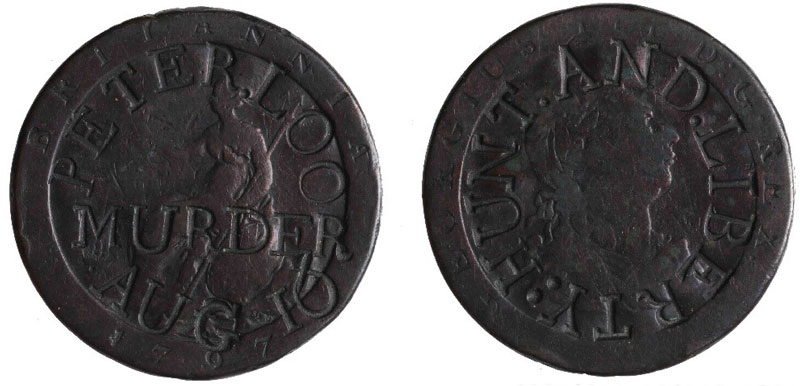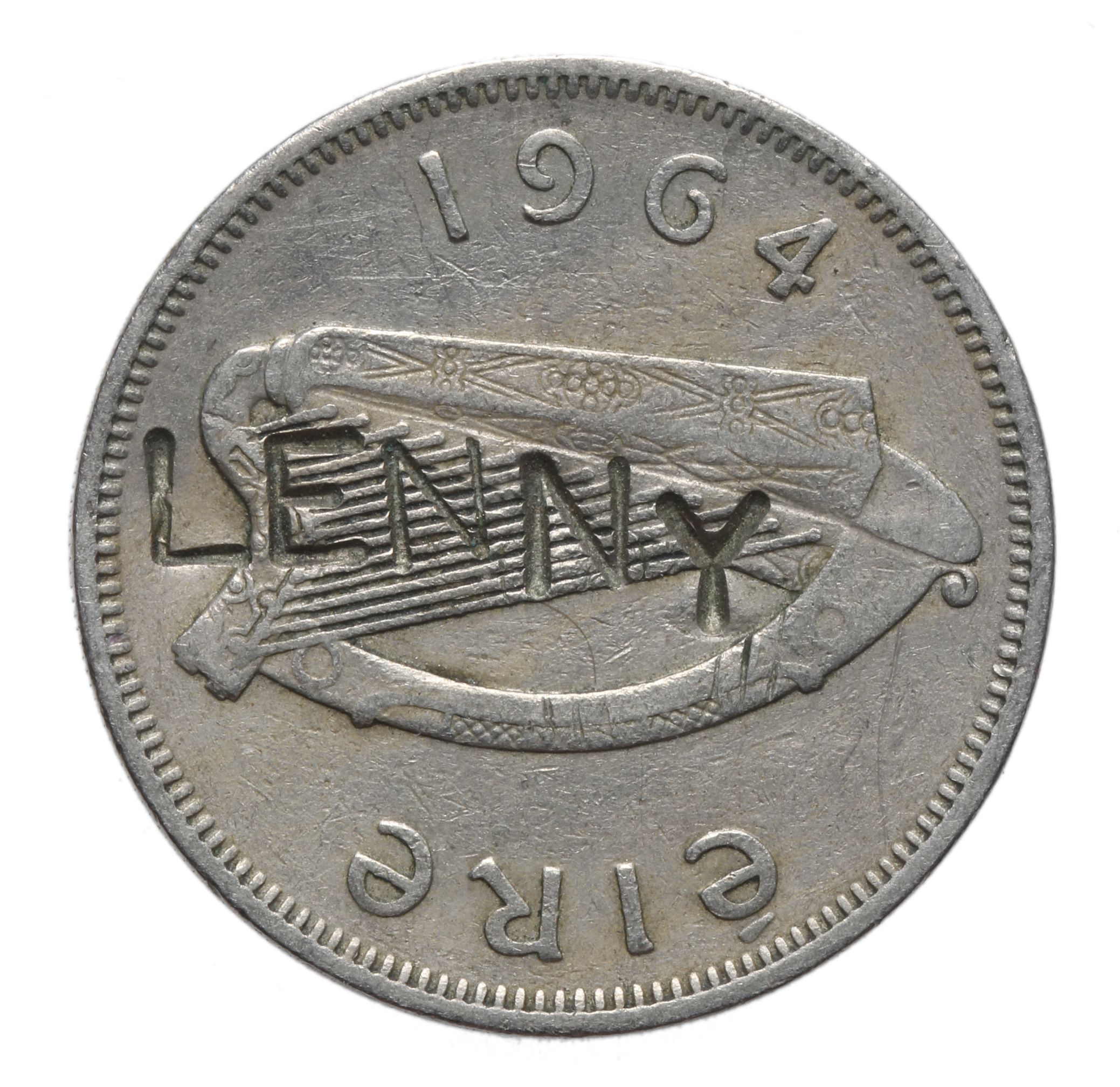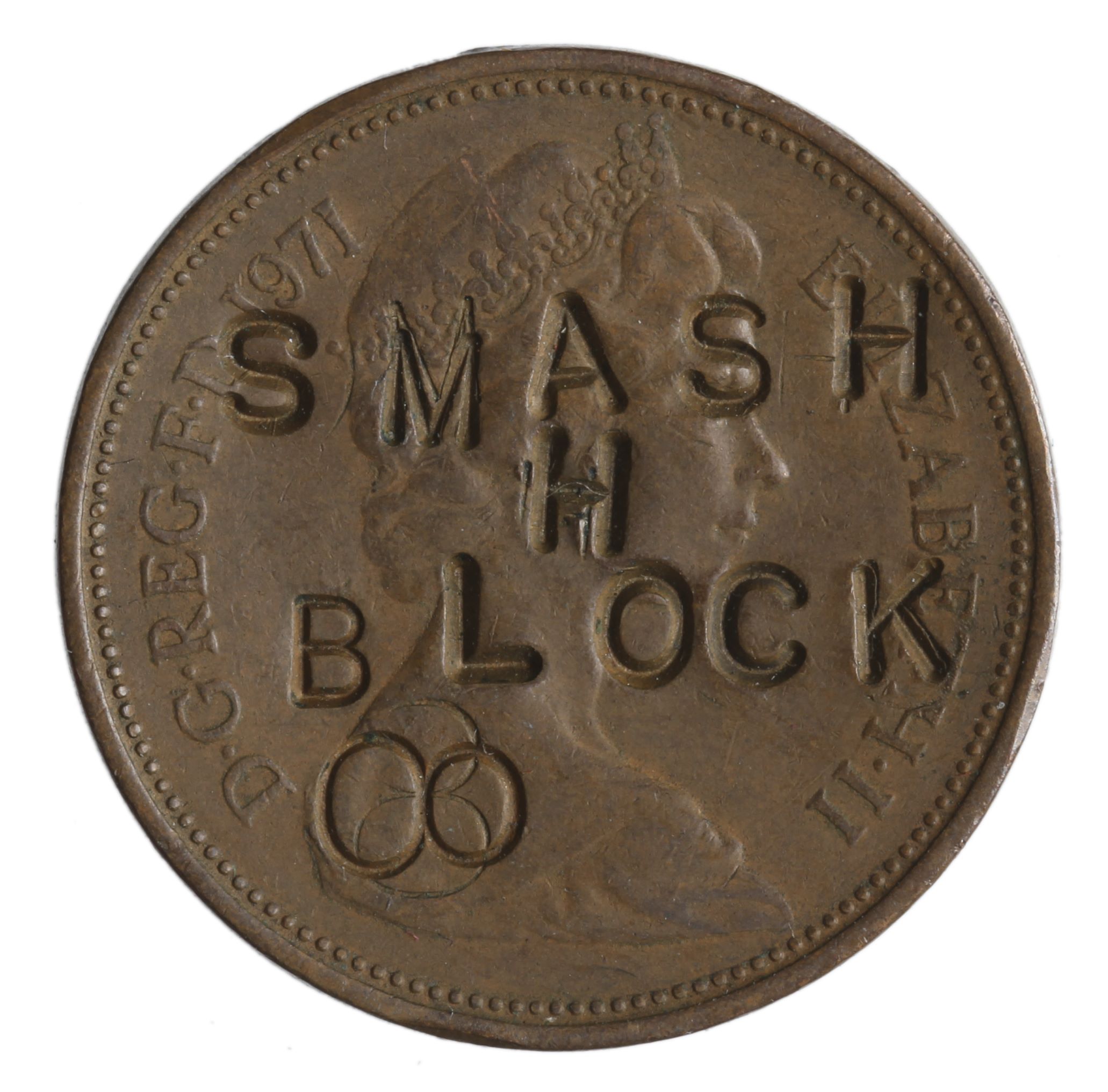Blog
Dr Richard Kelleher, Senior Curator of Medieval and Modern Money, Fitzwilliam Museum
The Fitzwilliam Museum, Cambridge’s exhibition ‘Defaced! Money, Conflict, Protest’ (11 October 2022 – 8 January 2023) looks at 250 years of money defaced as acts of protest, dissent, rebellion and revolution. This blog highlights three objects from the exhibition.
In 2018 I was a recipient of an Art Fund New Collecting Award for a project called ‘Currencies of Conflict and Dissent’. These grants are designed to support curators in building new collections for their institution. My pitch was to build a collection of monetary material which reflected themes related to conflict and dissent. One of the key acquisitions of the project was Gavin Scott’s collection of 550 politically-defaced coins. This single collection, formed over five decades, was a major boon for the project as it contains a range and quantity of material that would have been impossible to acquire from scratch. Some of the highlights of the collection are detailed below.



